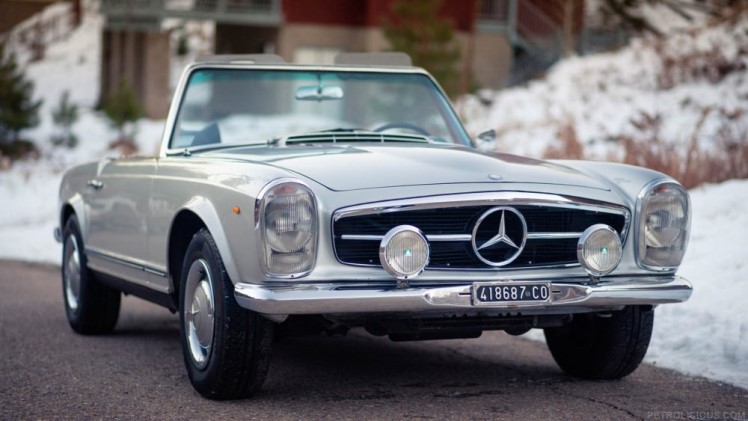Car respraying can be a great way to give your car a new look and feel without having to buy a new one. However, there are some common mistakes that people make when respraying their cars that can lead to poor results and even damage to the car. Avoiding common mistakes when respraying your car is important because it can save you time and money in the long run. If you make mistakes during the respraying process, you may have to redo the work or even damage your car. In this article, we will outline the most common mistakes to avoid when respraying your car so that you can get the best possible results.
Body
Primer is a type of paint that is applied to the surface of your car before the topcoat is applied. It helps to create a smooth surface for the topcoat and also helps to protect the metal from rust. Using enough primer is important because it helps to ensure that the topcoat adheres properly to the surface of your car. If you don’t use enough primer, the topcoat may not stick properly and may peel or flake off over time.
Coatings That Are Too Thick
Coatings are layers of paint that are applied to your car during the respraying process. They help to protect your car from damage and also give it a new look. Using too much coating can cause problems with your respray job, such as cracking or peeling over time. It’s important to follow the manufacturer’s instructions when applying coatings to ensure that you don’t use too much.
Using The Wrong Type Of Paint
There are many different types of paint available for respraying your car, including acrylic, enamel, and urethane paints. Using the right type of paint is important because different types of paint have different properties and will adhere differently to your car’s surface. Using the wrong type of paint can result in poor adhesion and a poor finish.
Respraying Over Stickers
Stickers are often used on cars for advertising or decoration purposes. Respraying over stickers can cause problems with your respray job, such as peeling or cracking over time. It’s important to remove all stickers before respraying your car.
Not Removing All Contaminants
Contaminants on cars can include dirt, grease, and other substances that can interfere with the adhesion of paint. Removing all contaminants from your car before respraying is important because it helps to ensure that the paint adheres properly to your car’s surface.
Leaving Dirt On The Surface
Dirt on cars can interfere with the adhesion of paint and cause problems with the finish. Cleaning the surface of your car before respraying is important because it helps to ensure that there is no dirt or debris on your car’s surface that could interfere with the adhesion or finish.
Mixing Incompatible Chemicals
There are many different chemicals used in respraying a car, including solvents, thinners, and reducers. Mixing incompatible chemicals can cause problems with you respray job, such as poor adhesion or even damage to your car’s surface.
Using Poor-Quality Tools
Using poor quality tools can lead to poor results when respraying your car. For example, using a low-quality spray gun can result in an uneven finish or overspray, while using low-quality sandpaper can result in scratches or other damage to your car’s surface.
When choosing tools for you respray job, it’s important to choose high-quality tools that are designed for the job at hand. For example, you should choose a spray gun that is designed for automotive use and that has a high-quality nozzle and trigger. You should also choose sandpaper that is designed for automotive use and that has a high grit count.
In addition to choosing high-quality tools, it’s also important to use the right tools for the job. For example, you should use a sanding block when sanding your car’s surface to ensure that you get an even finish. You should also use a paint mixing cup when mixing paint to ensure that you get the right color and consistency.
Overall, using high-quality tools and using the right tools for the job can help you get the best possible results when respraying your car.
Conclusion
In conclusion, car respraying can be a great way to give your car a new look and feel. However, it’s important to avoid common mistakes during the respraying process to ensure that you get the best possible results.
Some of the most common mistakes to avoid include not using enough primer, using coatings that are too thick, using the wrong type of paint, respraying over stickers, not removing all contaminants, leaving dirt on the surface, mixing incompatible chemicals, and using poor quality tools.
By avoiding these mistakes and following best practices for car respraying, you can get a great-looking finish that will last for years to come.

